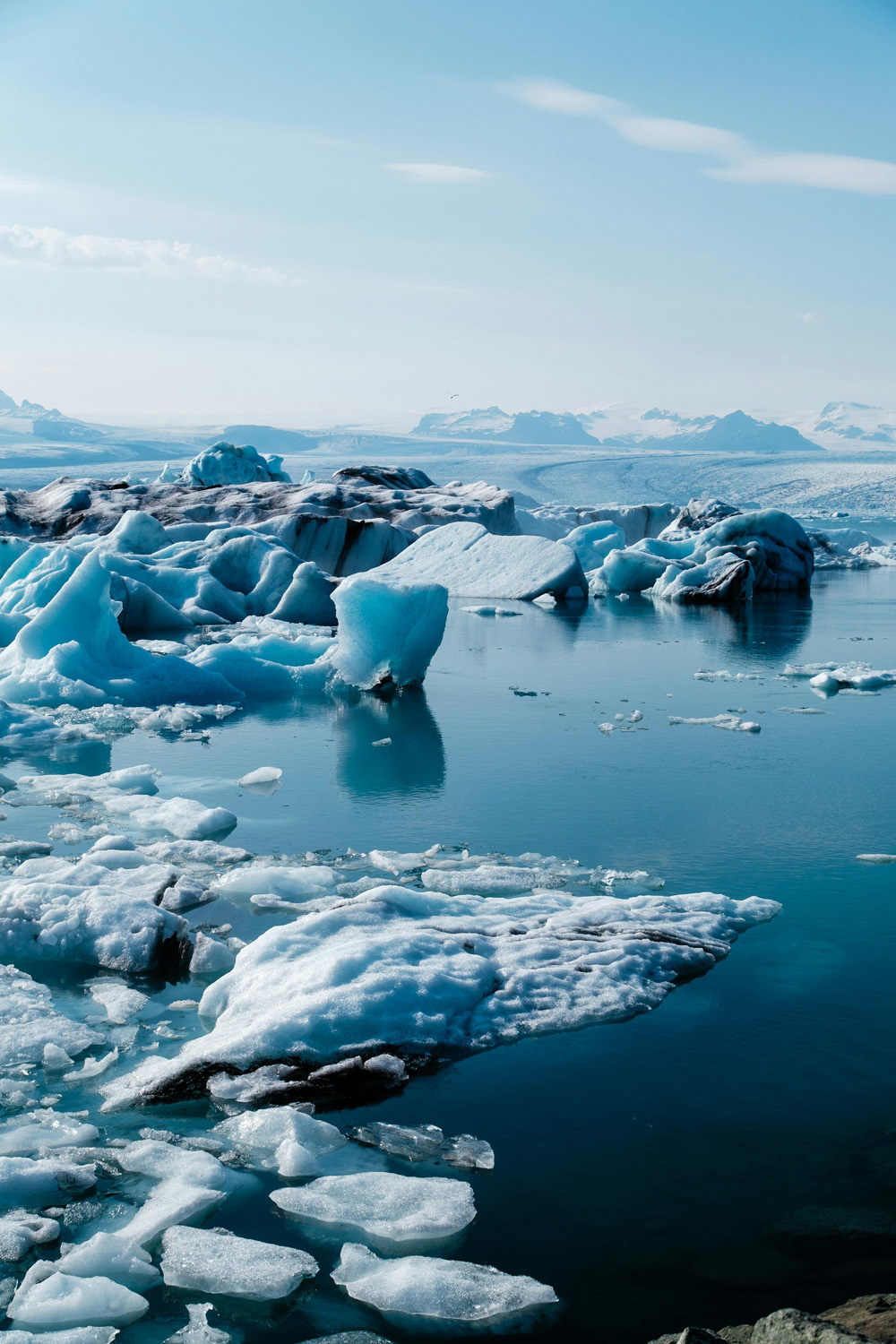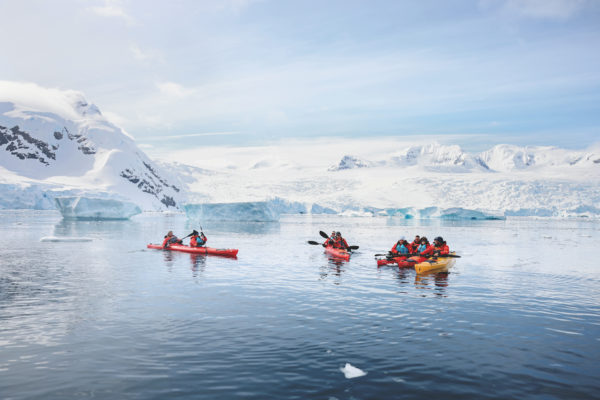
The World’s Largest Iceberg Is Heading For Britain
By
4 months ago
Or, ahem, British Territory
Huge news for anyone staying up to date with the adventures of A23a, aka the world’s largest iceberg. After being trapped in an ocean vortex for months on end, A23a is back on the move, drifting northwards. The bad news? The megaberg is on a collision course with British territory – which could have a devastating impact on the local residents: thousands of penguins and seals.
What’s The Story With The World’s Largest Iceberg?
The world’s largest iceberg, named A23a, is rather old as icebergs go. In fact, A23a is one of the oldest icebergs still bobbing in the ocean after first breaking off Antarctica’s Filchner Ice Shelf in 1986. Since then, A23a’s journey away from the South Pole has been incredibly slow indeed. At first, it was stuck on a bit of sea floor just a stone’s throw from its breaking off point for more than 30 years. A23a then made some progress north in 2020, finally venturing into the chaotic and turbulent South Atlantic Ocean – where warmer waters and certain death were on the horizon. But then in 2024, A23a crossed the path of an ocean vortex, and got stuck spinning on the spot for six months, delaying its demise.
‘Usually you think of icebergs as being transient things; they fragment and melt away. But not this one,’ observed polar expert Prof Mark Brandon upon the spinning-top news. ‘A23a is the iceberg that just refuses to die.’
Indeed, polar scientists marvelled at the spinning A23a: ‘The ocean is full of surprises, and this dynamical feature is one of the cutest you’ll ever see,’ Prof Mike Meredith from the British Antarctic Survey told the BBC. ‘Taylor Columns can also form in the air; you see them in the movement of clouds above mountains. They can be just a few centimetres across in an experimental laboratory tank or absolutely enormous as in this case where the column has a giant iceberg slap-bang in the middle of it.’
In December, however, A23a finally broke free of its vortex prison, and scientists have been tracking its path ever since using images from satellites. ‘It’s exciting to see A23a on the move again after periods of being stuck,’ British Antarctic Survey oceanographer Dr Andrew Meijers told The Independent. ‘We are interested to see if it will take the same route the other large icebergs that have calved off Antarctica have taken. And more importantly what impact this will have on the local ecosystem.’
At its peak, A23a measured in at 1,540 square miles, about twice the size of Greater London; the estimated weight exceeds a trillion tonnes. Now it is full steam ahead for the iceberg, huge chunks have started breaking off, forming lots of mini icebergs in the megaberg’s wake. As of January 2025, A23a has shrunk to around 1,350 square miles, roughly the size of Cornwall. Imagine being hit by a trillion-tonne block of ice…
A23a Could Hit South Georgia
The megaberg’s tumultuous journey has put it on a collision course with a remote British Overseas Territory, South Georgia. As of 23 January 2025, A23a is just 173 miles away from the rugged island, which is home to flourishing penguin and seal populations and is only slightly larger than A23a itself.
The megaberg will inevitably break up more as it cruises towards South Georgia, but smaller chunks are still threatening. In 2004, iceberg A38 grounded on the island, blocking vital routes for penguin chicks and seal pups to access food, leaving many dead. A23a and its chunks could survive for years, orbiting South Georgia and the Sandwich Islands, city-sized masses constantly threatening to crashland. The hope is that A23a’s route will shift, skirting past South Georgia entirely like A68a did in 2017.
Icebergs are a way of life in South Georgia. ‘South Georgia sits in iceberg alley, so impacts are to be expected for both fisheries and wildlife, and both have a great capacity to adapt,’ Mark Belchier, a marine ecologist who advises the South Georgia government, tells the BBC. That doesn’t mean they aren’t scary: in 2023, iceberg A76 came close to grounding, as it broke up appearing ‘like great ice towers, an ice city on the horizon,’ Belchier says. Lots of A76’s smaller icebergs still float around South Georgia and the Sandwich Islands, some pieces the size of Wembley Stadium, others the size of a workdesk.
According to local fisherman Andrew Newman, A76 had a ‘huge impact on our operations and on keeping our vessel and crew safe’. Sailors and fishermen in the region agree that icebergs are getting more frequent and volatile.
Is Global Warming Playing A Role?
Yes, global warming is causing an increase in sea ice – aka icebergs. Glacial retreat increases every year, which basically means more ice melts every year, especially in Antarctica.
As both air and sea temperatures continue to rise, more ice will melt, break away and form icebergs which float along the sea and threaten islands like South Georgia.
However, A23a was born in 1986, and its calving came long before the more notable impacts of rising temperatures we see today.
In a sense, warmer sea temperatures are good news for South Georgia: the warmer the sea, the more A23a will break apart, leaving residents facing more manageable iceberg challenges than a Cornwall-sized behemoth.






